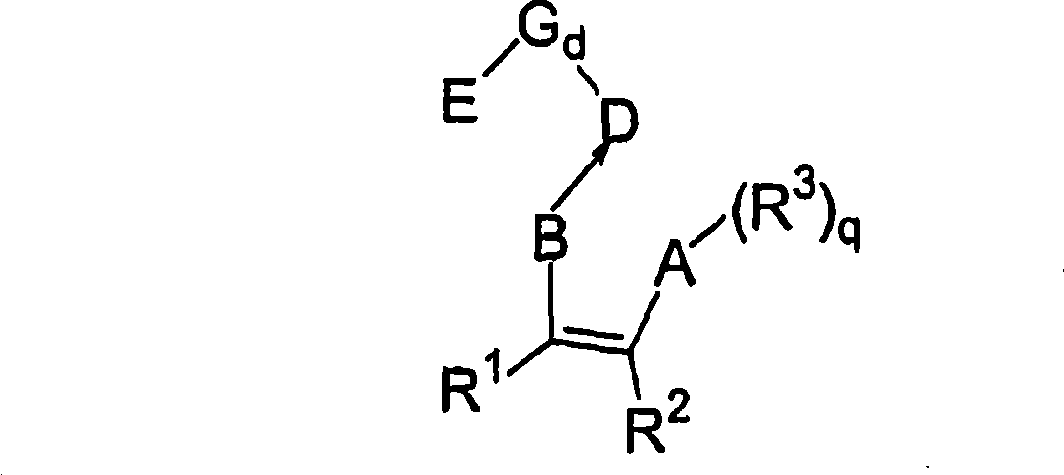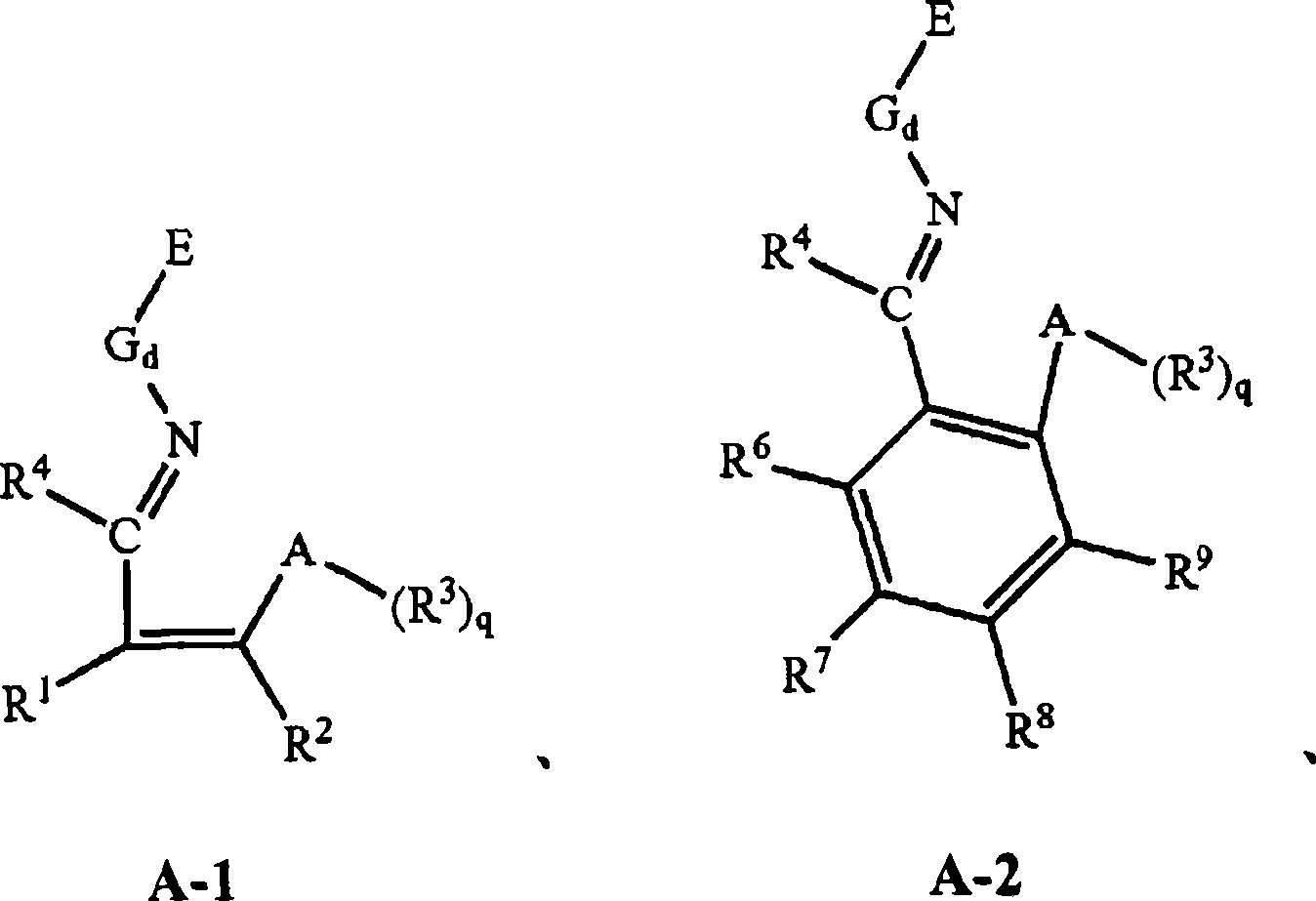Load type non-metallocene catalyst and preparation thereof
A non-metallocene and non-metallocene ligand technology, which is applied to the combined supported non-metallocene catalyst. Specifically, it can solve problems such as high vacuum, low olefin polymerization activity, and high temperature in the loading process.
- Summary
- Abstract
- Description
- Claims
- Application Information
AI Technical Summary
Problems solved by technology
Method used
Image
Examples
preparation example Construction
[0118]First, the present invention relates to a preparation method of a supported non-metallocene catalyst, comprising the following steps: dissolving a magnesium compound in a mixed solvent composed of tetrahydrofuran and alcohol to obtain a magnesium compound solution; making a porous carrier and the magnesium compound The steps of mixing the solutions to obtain a mixed slurry; adding a solvent for precipitation to the mixed slurry to precipitate it to obtain a composite carrier; treating the composite carrier with one selected from a chemical treatment agent and a non-metallocene ligand to obtain The treatment step of modifying the composite support, wherein the chemical treatment agent is selected from Group IVB metal compounds; and contacting the modified composite support with another party selected from the chemical treatment agent and the non-metallocene ligand , so as to obtain the contact step of the supported non-metallocene catalyst.
[0119] The steps to obtain th...
Embodiment 1
[0308] The porous carrier adopts silica gel, the model is ES757 of Ineos Company, and it is heated at 600°C and N 2 After continuous roasting under atmosphere for 4 h, it was ready for use.
[0309] Dissolve 5g of anhydrous magnesium chloride in a mixed system of tetrahydrofuran and ethanol, heat to 60°C and stir for 1.5 hours to form a solution, then add the heat-activated silica gel to the solution, and stir at 60°C for 2 hours to form a transparent system. Then 50ml of hexane was added to precipitate the magnesium compound, then filtered, washed once with 50ml of hexane, and dried to obtain a composite carrier.
[0310] Add 50ml of hexane to the composite carrier, stir and add titanium tetrachloride dropwise over 30 minutes, stir and react at 60°C for 4 hours, filter, wash with hexane for 3 times, each hexane consumption is 25ml, and then heat to 90°C Dry for 2 hours to obtain the modified composite carrier.
[0311] the structural formula The non-metallocene ligand was...
Embodiment 1-1
[0315] Basically the same as Example 1, but with the following changes:
[0316] Magnesium chloride was changed to magnesium bromide.
[0317] Ethanol was changed to propanol.
[0318] Magnesium compounds were precipitated with decane and washed 3 times with decane.
[0319] The non-metallocene ligand is changed to
[0320] Wherein, the mass ratio of magnesium bromide to the porous carrier is 1:2, the molar ratio to tetrahydrofuran is 1:40, the molar ratio to ethanol is 1:0.57, and the proportioning ratio of titanium tetrachloride to the composite carrier is 15.2 mmol : 1 gram. The mass concentration of the non-metallocene ligand is 0.11 g / ml, the mass ratio of the non-metallocene ligand to the modified composite carrier is 0.22:1, and the solvent for dissolving the non-metallocene ligand is changed to toluene.
PUM
 Login to View More
Login to View More Abstract
Description
Claims
Application Information
 Login to View More
Login to View More - R&D
- Intellectual Property
- Life Sciences
- Materials
- Tech Scout
- Unparalleled Data Quality
- Higher Quality Content
- 60% Fewer Hallucinations
Browse by: Latest US Patents, China's latest patents, Technical Efficacy Thesaurus, Application Domain, Technology Topic, Popular Technical Reports.
© 2025 PatSnap. All rights reserved.Legal|Privacy policy|Modern Slavery Act Transparency Statement|Sitemap|About US| Contact US: help@patsnap.com



